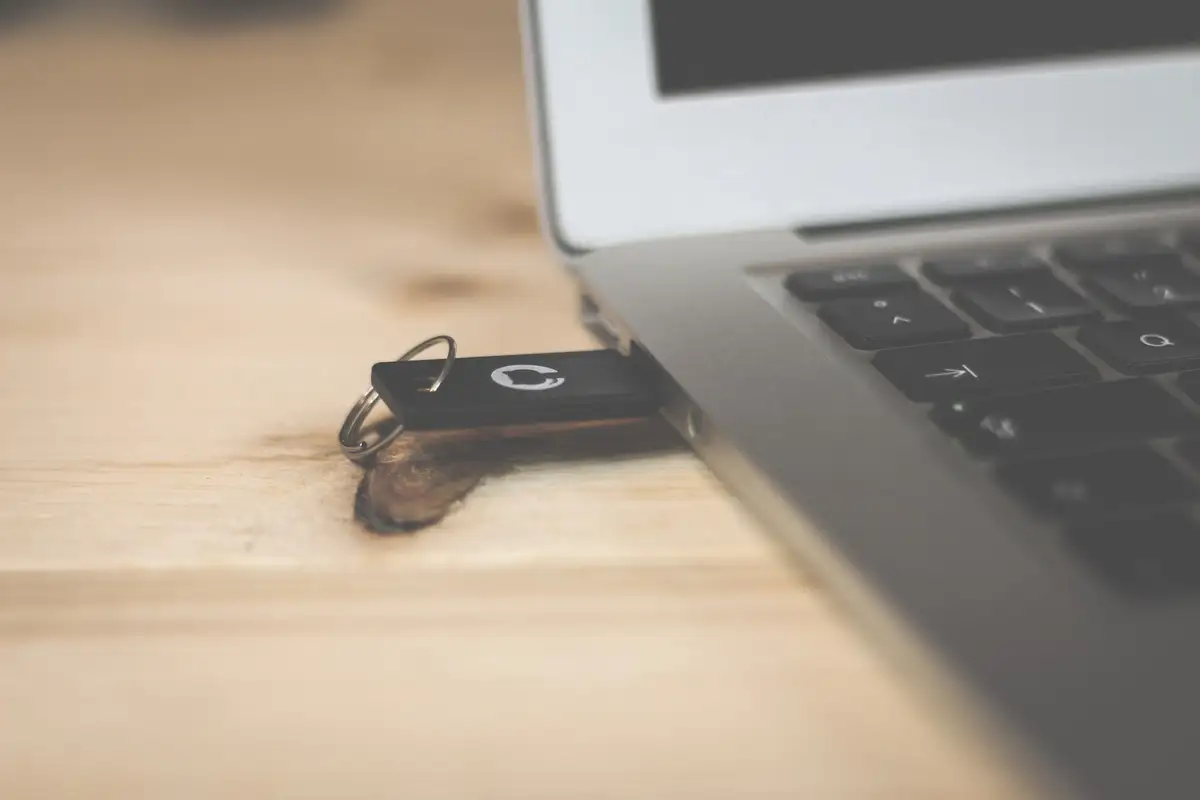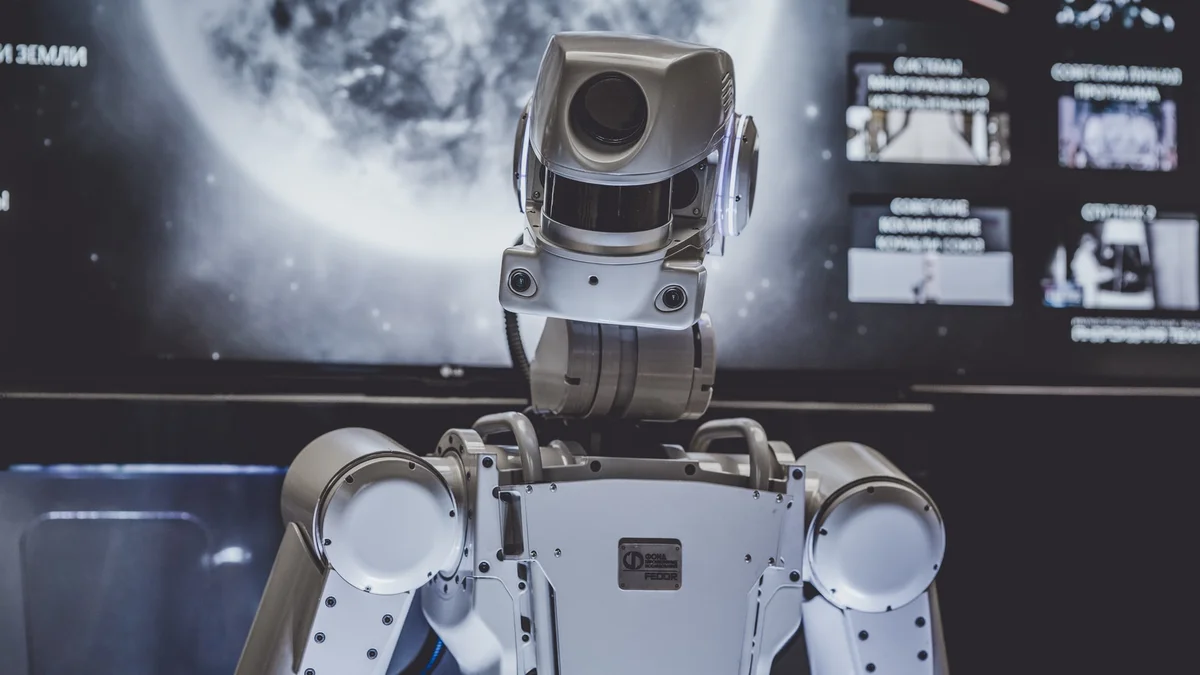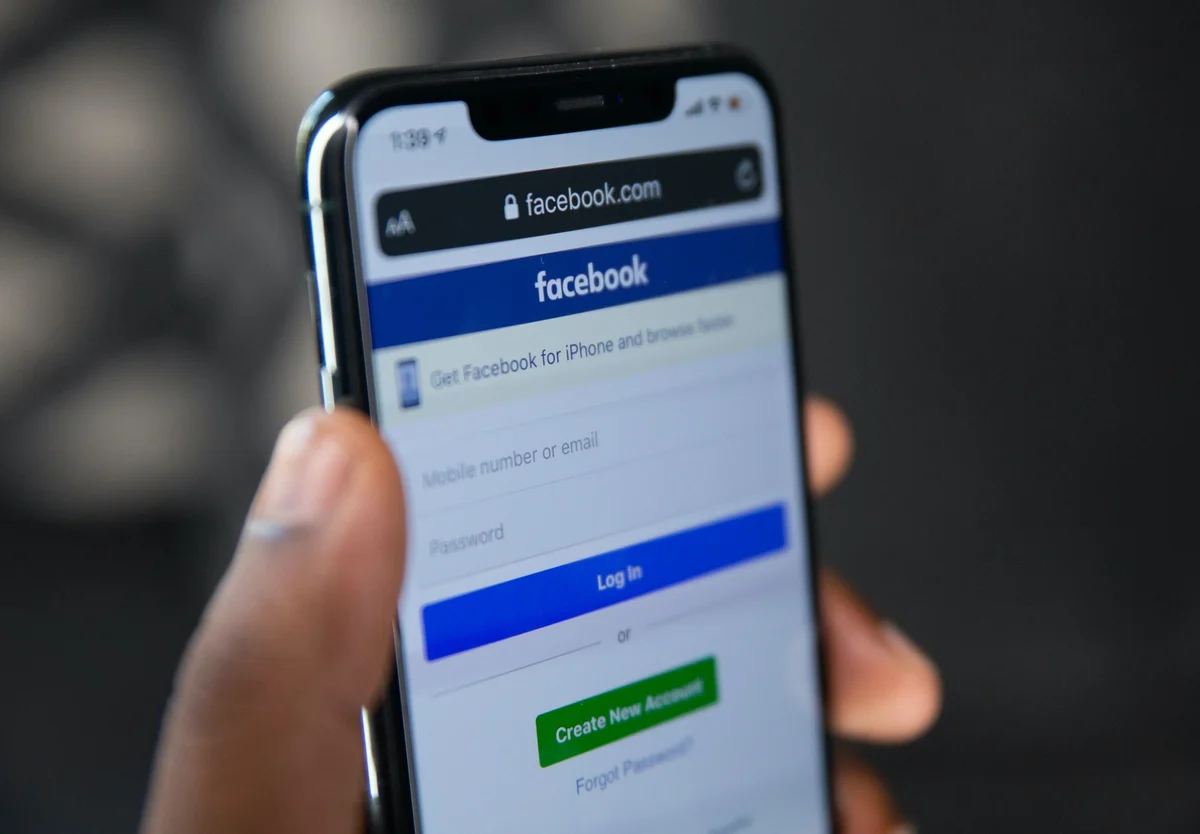What is SuperSpeed USB?
The most recent and fastest USB (Universal Serial Bus) standard, known as SuperSpeed USB (SS), has been released (June 2022). USB 3.0 boasts substantially better data transfer speeds than USB 2.0 and below, and is compatible with all USB 3.2 devices.
It’s only natural that computer hardware, like USB, evolves with time. More advanced in the context of computers can refer to either an increase in functionality or a decrease in processing time. Faster is the operative word in the SuperSpeed USB moniker.
What Exactly Is USB?
USB is an industry standard for connecting, communicating, and supplying power to computers and other devices, or interfacing. Simply, it allows you to use your laptop to view data on an external hard drive, such as photos you’ve taken.
You can’t see or transfer the photos you shot with your non-Wi-Fi-accessible digital camera to your computer or external hard drive unless you have a USB cable.
Also Read: What Is Data Encryption? And Role of VPN Encryption
What Devices Use USB?
Almost every digital device includes a USB connector so that it may be connected to other gadgets, which is convenient. For instance, your LED TV or a game console may be equipped with a Bluetooth speaker or speakerphone. These devices can be charged, transferred, or communicated via a wired network at different speeds depending on the USB type. USB 2.0 devices are slower than USB 3.2 gadgets in all of these areas.
How are USB 2.0 and SuperSpeed USB different?
In general, USB 2.0 is slower than Serial ATA (SS), although it has fewer connections and uses less power. How much more?
- A 480Mbps transfer rate is possible with USB 2.0 whereas a 5–20Gbps rate is possible with SuperSpeed USB. For those who aren’t clear on what it entails In comparison to its predecessor, SS is at least 10 times quicker.
- By adding a second physical bus, the number of wires in SuperSpeed USB has been increased from four to eight. As a result, it is not compatible with USB 2.0 ports.
- Compared to USB 2.0’s 500 mA maximum power output, the SuperSpeed version delivers up to 900 mA maximum power output. As a result, when connected to a USB port through SuperSpeed USB, power-hungry devices can now function. When not in use, but still plugged in, SuperSpeed USB consumes less power, allowing it to be more energy-efficient.
How Many Generations of USB SuperSpeed are There?
All USB 3.2 standards are covered by SS, as previously stated.
- USB 3.2 Gen 1: A 5Gbps SuperSpeed USB connection. If you’re still unsure, you can transfer 320 audio files per second from one device to another using this technology. Music files are typically approximately 2Mb in size, and 5Gbps (640Mbps) is the equivalent of 640Mbps.
- USB 3.2 Gen 2: Transfer speeds up to 10Gbps are supported by USB 3.2 Gen 2 (SuperSpeed USB). It has the ability to transfer up to 640 music files per second across devices.
- USB 3.2 Gen 2*2: 20Gbps SuperSpeed USB transmission. It has the ability to transfer up to 1,280 music files per second across devices.
What are the distinguishing features of USB 3.0 SuperSpeed?
- Regardless of the length of the cable, it is possible to achieve a transfer rate of 20Gbps with the multi-lane operation or two lanes of 10Gbps-capable operation.
- USB device performance is boosted to suit the present demand for storage, display, and docking applications.
- Ensures a smooth transition between single-lane and two-lane operations, depending on the transfer’s needs (smaller files can use one lane, bigger ones, two)
- Improved data encoding results in faster data transfer rates and greater energy savings.
- Since USB 2.0 and earlier devices are backwards-compatible with it, this cable may be used with any other existing USB device.
Conclusion
As with any new technical developments, the goal of SuperSpeed USB was to make our digital lives easier and more efficient in some way. Because many of our papers are now digital, we needed a way to keep them securely and effectively. Organizations that need to maintain massive datasets for a long period of time can greatly benefit from the transfer speed of SuperSpeed USB.




